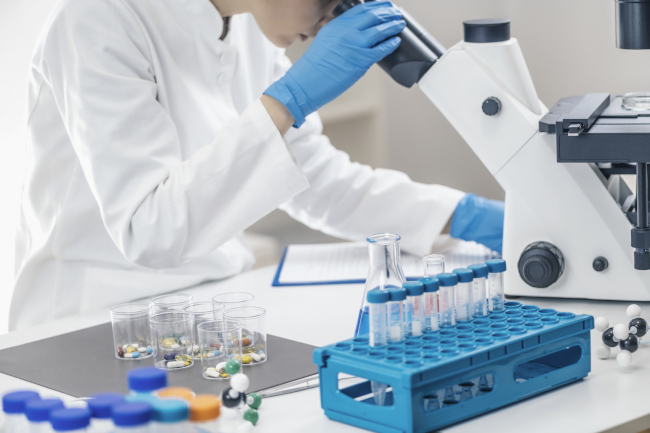Predictive Simulation in the Front Line When Combatting Deadly Diseases

It’s been 9 years since Lanner engaged in the research of Liverpool School of Tropical Medicine. It offered a software for predictive simulation called WITNESS that was used for modelling the life of patients with the diagnosis of TBC in the countries with low or medium incomes. In collaboration with top scientists researching tuberculosis and innovative approaches of its treatment, models of a myriad of countries were created – such as Tanzania, Ethiopia, South Africa, Brazil, Nepal and the Philippines.
The Original Model Was Focusing on Disease Detection
The original model developed for Tanzania demonstrated how diagnostic technologies could effectively increase the rate of TBC detection when used in a correct way. These methods achieved great results in Ethiopia and South Africa, but when it comes to the Philippines, the expected increase in TBC responsive to treatment detection didn’t happen. However, detection of drug-resistant form of tuberculosis has significantly grown and thus, has defended the implementation of a new tool itself.
Expansion of the Existing Options
Moreover, Philippines model was upgraded with a function of monitoring the diagnosed patients and costs that arose with them. This model demonstrated one of the key benefits for patients which is a cost decrease for travel and thanks to a quality diagnosis, a decrease in reduction of patients’ income outages.
Soon after developing and testing the WITNESS models, it was decided to connect the simulation model with the model of disease transmission and analyze how this transmission can be influenced with the use of technology. In Tanzania, these models showed that this impact is minimal. Most of the patients had made it to infect close relatives and friends before an optimal treatment approach was set.
Witness Demonstrated Its Qualities
Unquestionable results and strategies of WHO focused on total eradication of tuberculosis led to interest in models created via the WITNESS software. The goal is to develop a strategy for timely identification of tuberculosis cases in order for the patients to be diagnosed and treated sooner and therefore, to lower the risk of spreading the disease. Currently, similar models are being developed for the Philippines and Nepal.
The last 9 years have shown how the WITNESS models applied to the medical area in developing countries led to measures increasing the capability rate of deadly diseases detection. Therefore, there is improvement in living conditions of the whole society, as well as the patients, thanks to both lower contagiousness and lower costs related to the disease.
Related articles
Jun 7, 2024
DJI introduces its first delivery drone
DJI introduces its first delivery drone
Jun 7, 2024
5 expert insights into the world of dynamic simulations and logistics
5 expert insights into the world of dynamic simulations and logistics
Apr 2, 2024